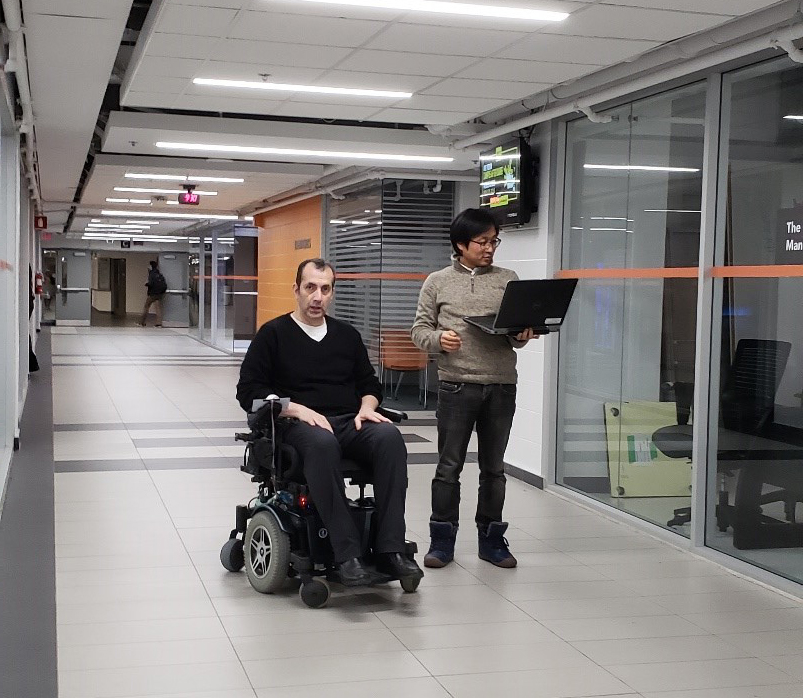
Context: Nearly 8 million individuals in the US and Canada have limited arm and hand mobility, making it difficult or impossible for them to use products with embedded computers, such as wheelchairs, to access healthcare, education, and social activities.
Industry Challenge: The Industry Partner wished to develop assistive technology for powered mobility and establish devices that make use of touchless free hand gesture and multisensory monitoring in order to develop smart control of a powered wheelchair.
Solution: The project created a prototype of a novel adaptive control system for a wheelchair based on the new partial reconfiguration property of the Field Programmable Gate Array (FPGA) technology. This technology will provide the user an easier finger based control, benefiting those persons with limited dexterity by eliminating the difficult and sometimes painful control of a joystick.
Impact of the project: There is great potential to develop this prototype further. Local hospitals and rehabilitation clinics in Hamilton and Toronto have expressed interest in the wheelchairs, as many patients have mobility issues; clinical trials and testing could further refine and improve the prototype. In addition, the prototype can detect any significant changes in the patient’s status due to the embedded sensor technology and monitoring.
Mohawk’s role: Using Mohawk College’s electronic and instrumentation lab resources, the expertise of a full-time faculty member experienced with the development of bioedical devices used for physiological and healthcare monitoring along with Computer Engineering and Instrumentation students created the prototype wheelchair.
FUNDER: Ontario Centres of Excellence
INDUSTRY PARTNER: Andy's Radios and Electronics
TIMELINE: January to November 2018
RESEARCH TEAM: Esteve Hassan, Brandon Jeong, Si On Kim, Tom Jithin
KEY STATS: The use of hand gesture technology and deployed sensors made this a unique project, according to available literature.
This and 20 other applied research projects were supported by the Ontario Centres of Excellence through the College Voucher for Technology Adoption Program.

